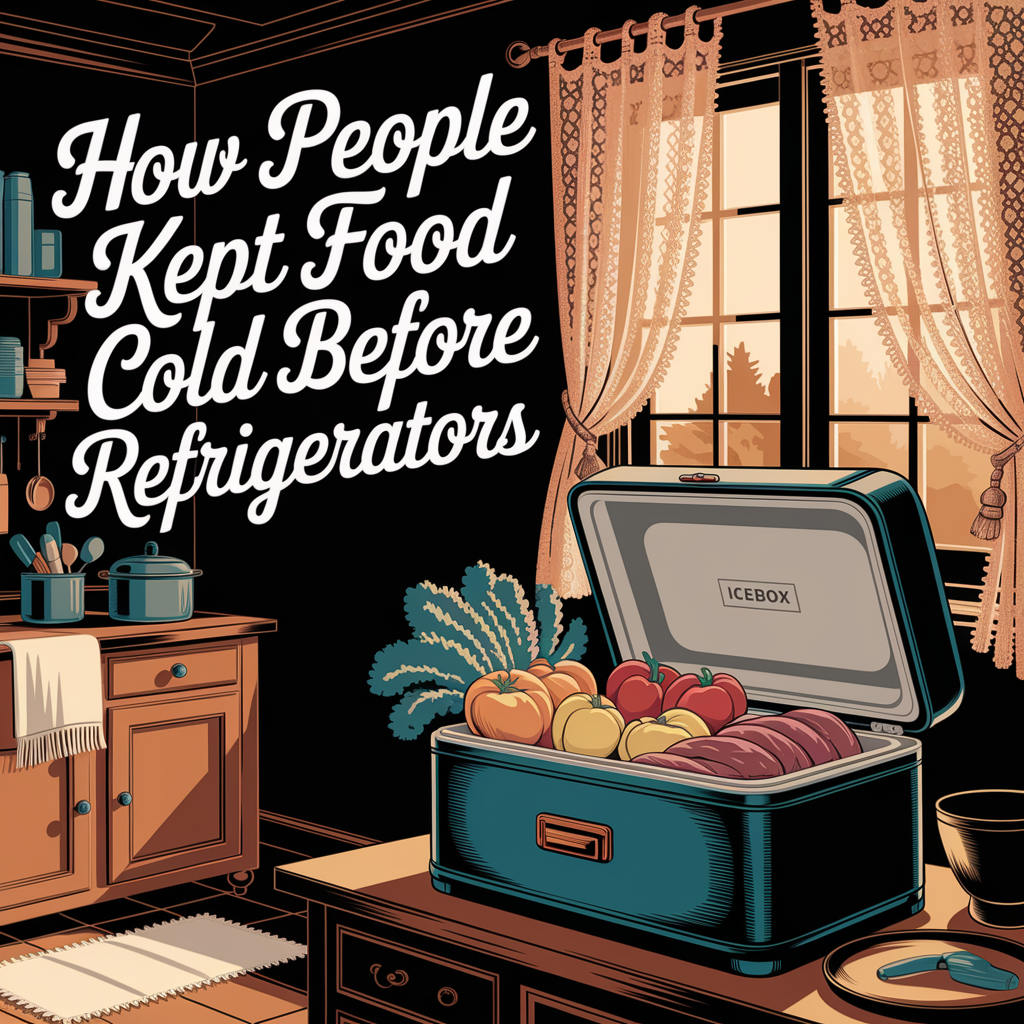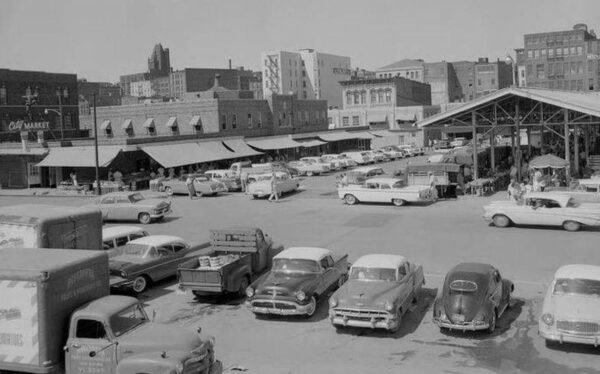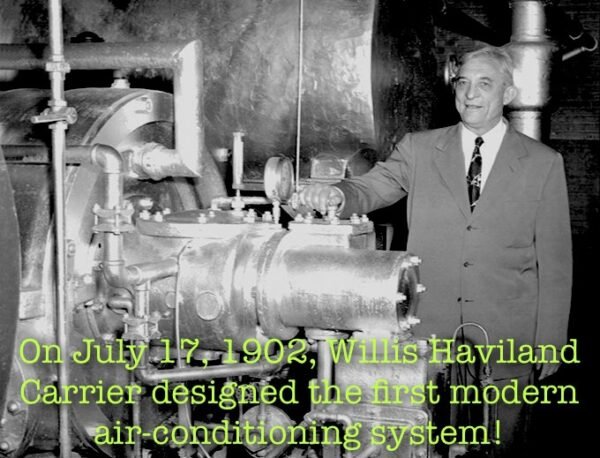
How Did People Keep Food Cold Before Refrigerators?
It’s hard to imagine now, but there was a time when opening a fridge to grab a cold drink or leftovers just wasn’t an option. How people kept food cold before refrigerators was a daily challenge—and they got pretty creative about it.
If you were living in the early 1900s, or even the late 1800s, keeping milk from spoiling or meat from going bad took real planning. There were no freezers, no cooling settings, no fancy gadgets—just whatever you could do to slow the heat down and protect your food.
Most families used a mix of tools and traditions passed down through generations. Whether it was burying food deep underground in a root cellar or hauling ice from a frozen lake in winter, folks did what they had to do. And believe it or not, a lot of it worked surprisingly well.
This wasn’t just about convenience—it was about survival. Food spoiled fast, and if you didn’t keep it cold, you wasted it. In rural areas especially, there wasn’t a store around every corner. You had to make what you had last.

What Was an Ice Box and How Did It Work?
Before the refrigerator took over kitchens across America, the ice box was king. Almost every home had one. It looked like a small cabinet—usually made of wood, lined with tin or zinc, and divided into compartments. At the top, you’d place a huge block of ice, and below it, you’d keep your perishables.
The cold air from the ice would sink down and chill the contents—kind of like how coolers work today. But unlike modern fridges, ice boxes didn’t have a motor or plug. They needed to be manually stocked with fresh ice every few days, depending on the weather and how much food was stored.
Here’s what people typically stored in their ice boxes:
- Milk and butter – easily spoiled without constant cooling
- Fresh meat – small portions that had to be used quickly
- Leftovers – soups, roasts, or anything from the day before
- Cheese and cream – temperature-sensitive items that didn’t last long
Ice delivery was a regular thing in towns. Kids would run out to greet the “ice man,” who’d hoist blocks on his shoulder with metal tongs and slide them into the house. Many remember the familiar drip of water into the pan below—something you had to empty often, or risk a puddle on the kitchen floor.
These days, it might sound like a hassle. But back then? It was part of the rhythm of daily life.

Where Did Ice Come From Before Electricity?
Before electric freezers existed, folks couldn’t just make ice—they had to find it, harvest it, and store it like treasure. In the winter months, when lakes and rivers froze over, workers would cut massive blocks of ice and haul them to storage houses. These icehouses were built specifically to keep ice cold for months, even into the heat of summer.
So how did they pull that off?
- Ice was packed in layers of sawdust or straw, which helped insulate and slow the melt
- Large blocks were stacked tightly—less air meant slower melting
- Icehouses were dug into the ground or built with thick walls to keep the cool in
- Delivery routes were set up, especially in towns and cities, to bring blocks straight to homes and businesses
This system worked surprisingly well. Ice harvested in January could still be used in June—if it was stored right. And for families who lived far from town? They’d build their own little insulated pits or stockpile frozen creek water in shady spots behind the house.
The whole process took serious effort, but it worked. It was just another way that life before electricity required people to rely on nature, timing, and a little bit of grit.
You can almost feel that mindset in rural stories like Life in the Missouri Ozarks 1940—where resourcefulness was part of daily survival, and hauling ice was just one more chore on the list.

What Is a Root Cellar and How Did It Help Preserve Food?
If your family didn’t have regular access to ice—or if you lived out in the country—you probably had a root cellar. These were built underground, often right next to the home or under the house itself. The idea was simple: underground temperatures stay relatively cool year-round, which makes them ideal for keeping food cold without refrigeration.
Here’s what made root cellars so effective:
- Consistent temperatures—usually around 50°F or lower
- Naturally high humidity, which kept produce from drying out
- Darkness, which slowed the spoilage of light-sensitive items
- Insulation from the earth, which helped prevent freezing in winter or overheating in summer
Root cellars weren’t just for roots. Sure, you’d find potatoes, onions, and carrots down there—but also jars of canned fruits, pickled eggs, crocks of sauerkraut, and even butter wrapped in cloth.
Many families passed down tips for cellar storage—like hanging apples from the ceiling so they didn’t touch and spoil each other, or keeping a small vent open to prevent mold buildup.
It wasn’t glamorous, but it worked—and some homesteaders still use them today. In fact, if you drive through old farm country, you’ll still spot concrete domes or dugouts half-buried into hillsides. That’s a root cellar—and a reminder of just how well people adapted before modern refrigeration.

How Did People Store Meat Without Refrigeration?
Out of all the foods that needed careful storage, meat was by far the trickiest. Spoiled meat wasn’t just wasteful—it could make you seriously sick. So before electric fridges, families had to get smart about preserving meat without refrigeration.
Here’s how they pulled it off:
- Salting – Salt drew moisture out of the meat, creating an environment where bacteria couldn’t grow
- Smoking – Meats were hung in smokehouses and slow-cooked with wood smoke for days
- Drying – Strips of meat (like jerky) were hung in dry, shaded areas or smoked until they lost most of their moisture
- Canning – Meats were cooked, sealed in jars, and stored in cool cellars
- Cold weather storage – In the winter, some people literally stored meat in boxes or barrels packed with snow and ice
Smokehouses were especially popular in rural areas. If you lived on a farm, odds are there was a small shed out back where hams, sausages, and slabs of bacon hung from hooks, slowly curing in a cloud of oak or hickory smoke.
It wasn’t fast, and it wasn’t easy—but the flavor? Unmatched.
And when you think about how rural families lived back then—like those in The Horse and Buggy Era—this kind of work was just part of life. Preserving meat was a necessity, not a hobby.

How Did Seasonal Cooking Help with Cold Storage?
Here’s something that often gets overlooked: people in the past cooked based on the weather. When you didn’t have a fridge, you learned quickly that some foods just weren’t worth the risk during hot summer months.
How people kept food cold before refrigerators wasn’t just about where they stored it—it was also about when they made it.
Here’s what that looked like in practice:
- Heavier dishes like roasts or stews were saved for colder months
- Fresh milk or cream was used immediately after milking, especially in summer
- Preserved foods like pickles, canned fruits, and dried meats became summer staples
- Cold spring houses were used to chill butter or milk during the warmest days
- Leftovers weren’t a thing—if you couldn’t finish it, you got creative or composted it
Mothers and grandmothers didn’t just cook by recipe—they cooked by instinct, temperature, and time of year. That’s why so many traditional dishes you see in old cookbooks have seasonal ties. It wasn’t for style. It was survival.
Even in the chill of winter, cold storage wasn’t automatic. You had to stay one step ahead—and that’s something modern life has largely forgotten.

How Did the Arrival of Electricity Change Everything?
For all the resourcefulness folks had, there’s no denying that electricity changed everything. When electric refrigerators started appearing in homes during the 1920s and 1930s (and even later in rural areas), it completely transformed how families shopped, cooked, and ate.
Before that, keeping food cold without refrigeration was a constant chore. With electricity? Suddenly, you had more time, less food waste, and a whole new way to organize your kitchen.
Here’s what changed:
- Grocery shopping became more flexible—you didn’t have to buy only what you’d eat today
- Leftovers could be saved safely instead of tossed
- Butter, milk, and meat lasted longer, making meal planning easier
- Canning and smoking became options instead of necessities
- Women (especially homemakers) had one less massive daily task to manage
The Rural Electrification Act of the 1930s helped bring power to remote homes, and once those fridges started humming, everything from farming to dinner prep evolved. Yet, many folks—especially in remote areas—held onto their ice boxes and cellars well into the 1950s.
It marked a turning point not just in technology, but in daily life. Chores shifted. Schedules opened up. And food became something you stored, not just something you immediately had to use.

Can We Learn Anything From How Food Was Stored Back Then?
Absolutely. How people kept food cold before refrigerators wasn’t just about survival—it was about thinking ahead, using what you had, and respecting your resources.
Here’s what we can take away from their way of life:
- Food was treated with care. It wasn’t wasted, and meals were thoughtfully planned.
- People relied on seasons and nature. They understood how to work with their environment, not fight it.
- Simple tools did the job. Ice blocks, dirt cellars, and shade—no batteries required.
- Preservation was a family skill. Everyone knew how to pitch in, whether it was canning, storing, or hauling.
- Connection to food was real. There was no disconnect between farm, home, and table.
Sure, we’ve got modern fridges that tell us when milk is low. But back then, people knew what they had, how long it would last, and how to make it work. There’s a certain respect in that—something today’s convenience-driven world might be smart to revisit.
Just like in stories from The Missouri Ozarks in 1940, where living with less didn’t mean living without—it meant using what you had wisely.
And in a strange way, that old-school mindset might just be the freshest thing we can learn from today.

As an Amazon Associate we earn from qualifying purchases through some links in our articles.




